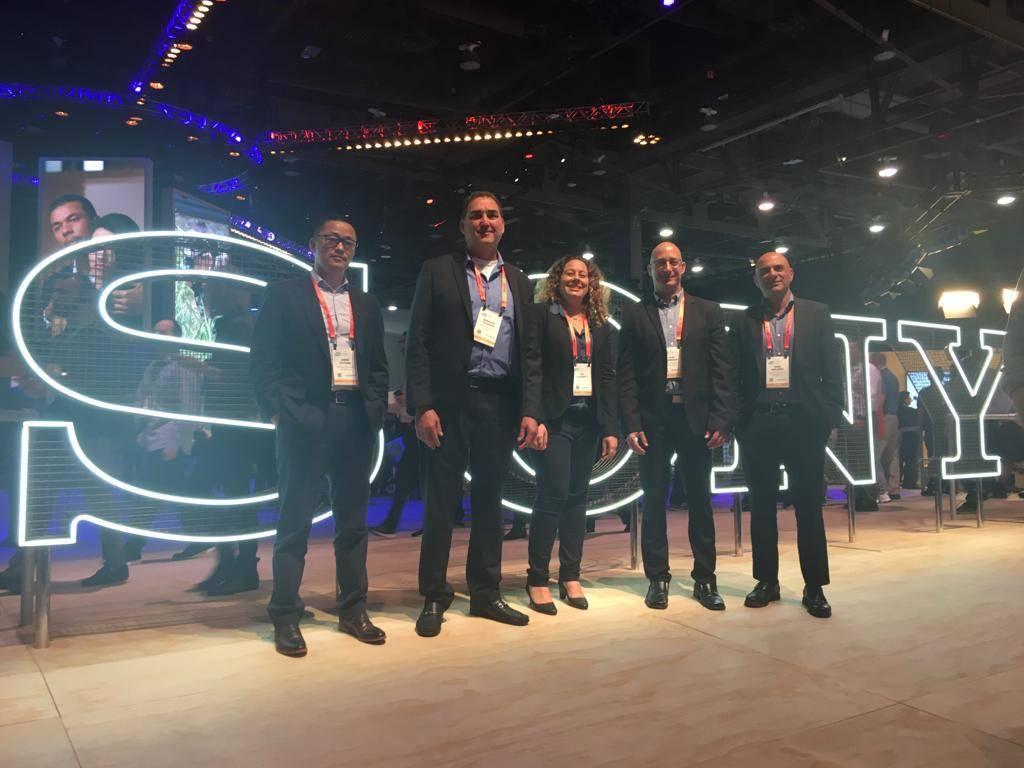By: Ilan Reingold, VP Business Development and Marketing
The dust has finally settled following a fantastic CES 2019, and it’s time to reflect. Back-to-back meetings for four days straight may have been exhausting, but it also highlighted for us what the key trends are in our space going into the new year.
Of course, before we get into that, it’s also worth noting that Garmin launched its first LTE-enabled GPS smartwatch at CES. Packed full of performance and safety features, this generated a lot of excitement. And it was no surprise to see numerous reports identifying it as one of the best and coolest tech to expect in 2019. It is gratifying that Altair is Garmin’s partner for this cellular IoT smartwatch, and we look forward to much more collaboration with Garmin in the future.
In terms of the cellular IoT buzz taking place at CES, there were some key takeaways for us that will be interesting to watch as we head into MWC next month:
First, the hottest verticals right now are battery-powered vehicle telematics, trackers (of all types – pets, people, valuable items) and, of course, wearables. Wearables are particularly important to us as power consumption is at a premium. After all, no one wants a smart watch that must be charged every day, and there is little use for a tracker that can’t last more than a few days. Of similar concern is the size of the LTE module within the device, as no one wants to wear a brick on their wrist!
In addition, we are seeing a greater demand for modules that are as integrated as possible. Size is important for IoT devices and so are features like security, GPS positioning, SIM functionality and band flexibility for deployments around the world. Those who can provide all of that on a small chipset footprint are enabling IoT devices into the market efficiently and quickly and are setting themselves up for a successful 2019.
Finally, advances in LPWA cellular technology have accelerated the timeline of smart metering as a key vertical to monitor. While, they may not have received the same spotlight as the more consumer-focused applications of CES, we expect this market to grow significantly throughout 2019. We look forward to seeing you at MWC in Barcelona. To set a meeting with us at MWC, click here.
